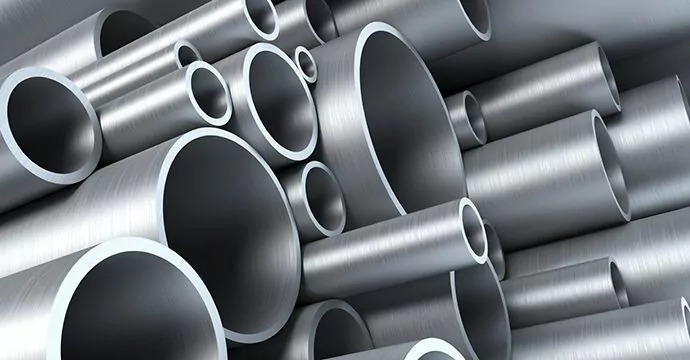Business
Steel Tariff Shake-Up: Why South Africa’s Industry is Anxious About Itac’s Proposal

A proposal with big consequences
The steel industry in South Africa is holding its breath. The International Trade Administration Commission of South Africa (Itac) has tabled a preliminary determination that could change the cost of doing business across the entire steel value chain. Gazetted on 20 August 2025, the proposal is open for public comment until 3 September, and thousands of firms are scrambling to respond.
The review was launched back in March following growing pressure from ArcelorMittal South Africa, which warned it might shut down its Newcastle mill in KwaZulu-Natal. The company pointed to rising steel imports, competition from subsidised mini-mills, and an environment where power cuts, failing logistics, and soaring utility costs are already crippling operations.
What’s on the table
Itac’s determination proposes increasing tariffs on 460 categories of carbon and stainless steel products, ranging from hot-rolled coils and rods to screws, bolts, pipes, and even garden tools. These hikes would raise duties to the World Trade Organisation’s bound rate and cover annual imports worth R51.5 billion.
If implemented, the tariffs would not apply to imports from regions with trade agreements in place, such as the European Union or the Southern African Development Community. But for suppliers elsewhere, the impact could be severe. According to XA Global Trade Advisors, more than 10 000 importers could see costs rise, with 16 large players most exposed, as they account for one-fifth of all imports.
Winners and losers
The reaction has been mixed. Downstream manufacturers fear higher prices will squeeze margins and raise costs for consumers, potentially undermining competitiveness. Webinar discussions on the preliminary report revealed widespread anxiety, with some participants warning the move could trigger job losses rather than safeguard employment.
Upstream producers, however, have argued the opposite. They believe the tariffs could shield domestic operations from the flood of cheaper imports, giving them room to stabilise production and save jobs. Supporters say this could even encourage import substitution, boosting local production.
Donald MacKay of XA Global Trade Advisors estimates the tariffs could add R1.54 billion to South Africa’s annual tariff bill. While acknowledging the risks, he welcomed Itac’s decision to allow public comment before any final determination, calling the move “unprecedented.”
A balancing act for policymakers
Itac has stressed that no final decision has been made. It has committed to considering feedback from industry players and the public before making its ruling, though it has given no timeframe for a final outcome.
The stakes are high. South Africa’s steel sector has been battered not only by imports but also by unreliable energy, crumbling logistics, and the shock of new US tariffs of 30% on exports. For many, the tariff debate symbolises the bigger question of how to protect an industry vital to the country’s industrial base without pricing out its own manufacturers.
As the 3 September deadline looms, the industry’s future may hinge on whether Itac can strike a balance between protection and competitiveness.
Also read: “Go After the Kingpins,” MACUA declares amid police probe into North West shooting of five men
Follow Joburg ETC on Facebook, Twitter, TikT
For more News in Johannesburg, visit joburgetc.com
Source: Engineering News
Featured Image: World Steel Association















